For pilots flying into small, remote airstrips, decisions often have to be made quickly—and with margin for error already thin, waiting just a bit too long can make all the difference. That’s what happened on a warm summer evening on Swans Island, Maine, where a private pilot’s attempt to go around ended in the trees.
The Environment
- Runway: Turf/gravel, 1,500 ft long by 30 ft wide
- Wind: 11 knots from 200°, creating a tailwind on Runway 10
- Visibility: 10 miles, clear skies
- Temperature: 24°C
- Airport Elevation: 100 ft MSL
At first glance, the weather seemed cooperative, but any pilot who’s flown a lightly loaded Cessna 150 knows how much a tailwind, even a modest one, can degrade performance—especially on a soft field and short strip.
Pilot Profile
- Certificate: Private Pilot
- Ratings: Single-engine land, Instrument
- Total Flight Time: 541 hours
- Make/Model Time: 405 hours (Cessna 150B)
- Age: 73
- Medical Certificate: Class 3 (expired since 2019)
- Last Flight Review: October 2020
While the pilot had a solid amount of time in type, his flight review was out of date, and his medical certificate had lapsed nearly five years prior—factors worth noting, even if they weren’t directly cited in the accident.

The Flight
On June 25, 2024, a 73-year-old private pilot took off and landed from the same location: Banks Airport (ME5), a narrow 1,500-foot turf and gravel strip nestled on the island. The weather was visual with clear skies and 11-knot winds from 200 degrees. But the direction of the wind turned out to be a key factor.
The pilot, flying solo in his 1961 Cessna 150B, had 541 total flight hours under his belt, with 405 in this specific make and model. While the airplane was in good mechanical condition, the landing attempt wasn’t. As he lined up for Runway 10, he faced a tailwind of 5 to 10 knots, with occasional gusts. He knew the wind was behind him but decided to continue anyway, calling it “not unruly.”
Once over the runway, things started to unravel. The wind became “flukey,” and despite full flaps and a proper landing speed, the airplane just wouldn’t settle. He floated long and touched down too far down the runway. Realizing he didn’t have enough space to stop safely, the pilot decided to go around—but it was too late.
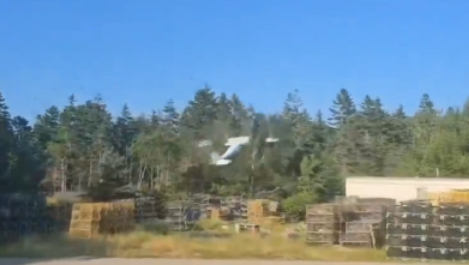
The Crash
He applied full throttle, retracted flaps and carb heat, and attempted to climb. But the airplane’s modest 100-horsepower engine couldn’t overcome the tailwind, limited runway, and trees ahead. The left wing clipped a tree, the stall warning chirped, and seconds later, the Cessna was nose-down in the treetops.
The aircraft sustained substantial damage to both wings and the empennage. The pilot suffered minor injuries, but was able to walk away.
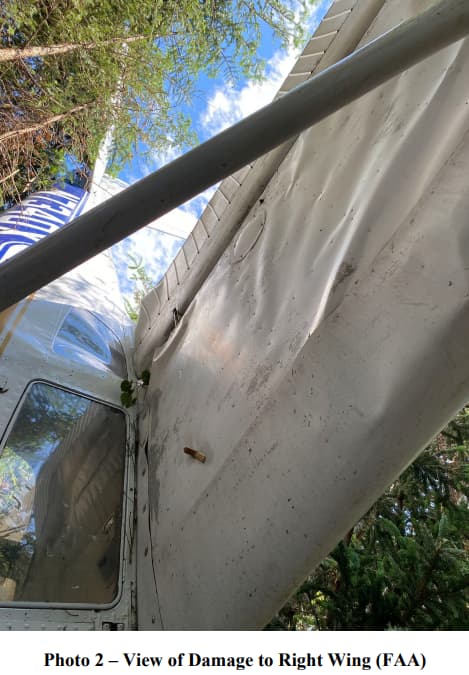
NTSB Findings
The National Transportation Safety Board found the probable cause to be:
The pilot’s delayed decision to abort the landing. Contributing was his decision to land downwind.
Translated into flying terms: he waited too long to commit to the go-around, and the tailwind sealed his fate. It wasn’t a mechanical issue or an unpredictable gust—it was a series of human decisions that left too little room for recovery.
Lessons in Judgment
This accident offers several takeaways, especially for pilots operating on short or non-paved runways:
- Land into the wind. Always. A tailwind increases groundspeed and landing distance—and can turn a marginal approach into a dangerous one.
- Commit early to a go-around. Waiting until after touchdown reduces your options. If it’s not working, power up and try again sooner.
- Know your airplane’s limits. The Cessna 150 is a forgiving trainer, but even it can’t climb over trees in low-power conditions with full flaps and a tailwind.
- Stay current. Although not cited by the NTSB, the pilot’s outdated medical and flight review highlight a lapse in procedural currency.

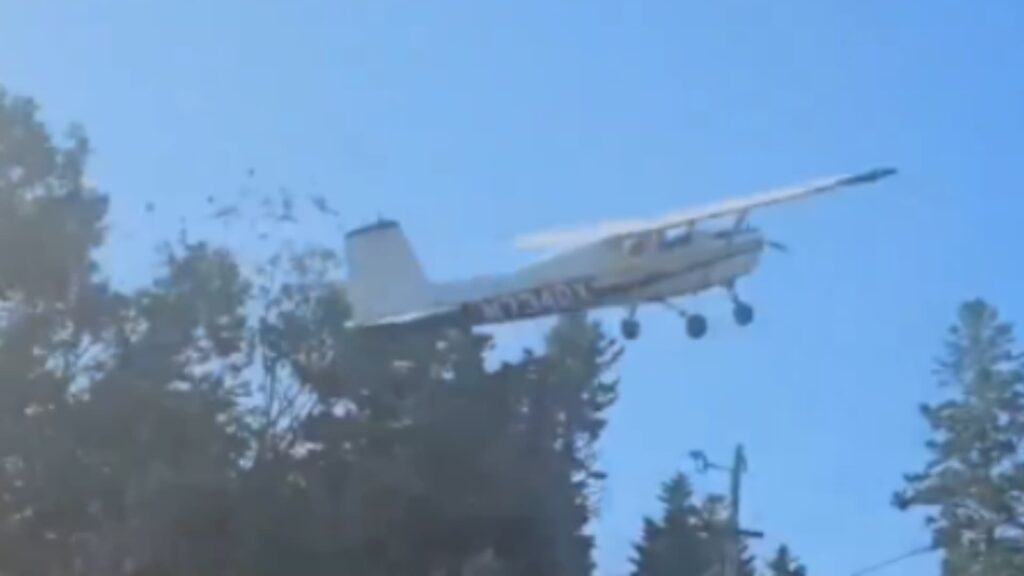
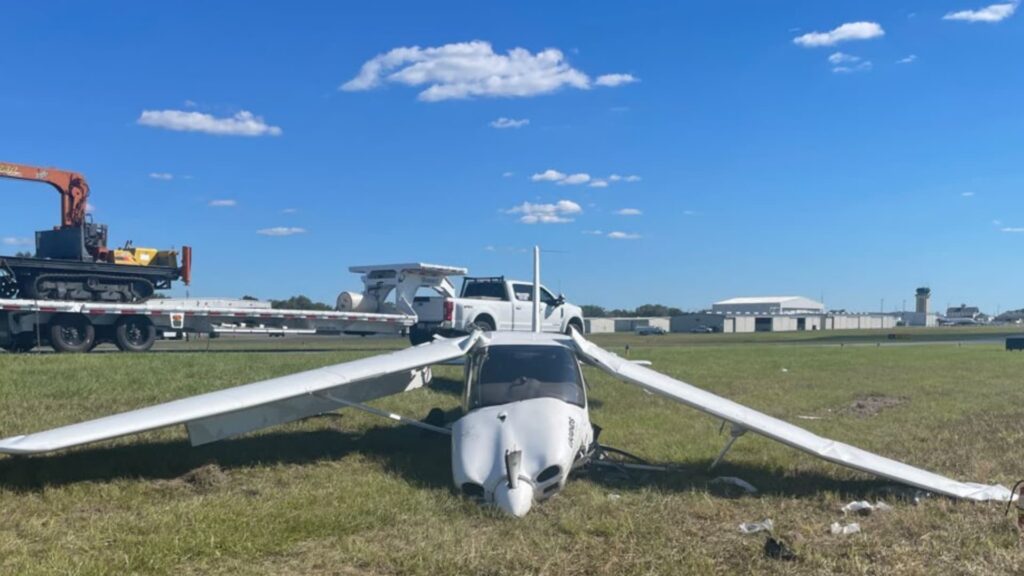
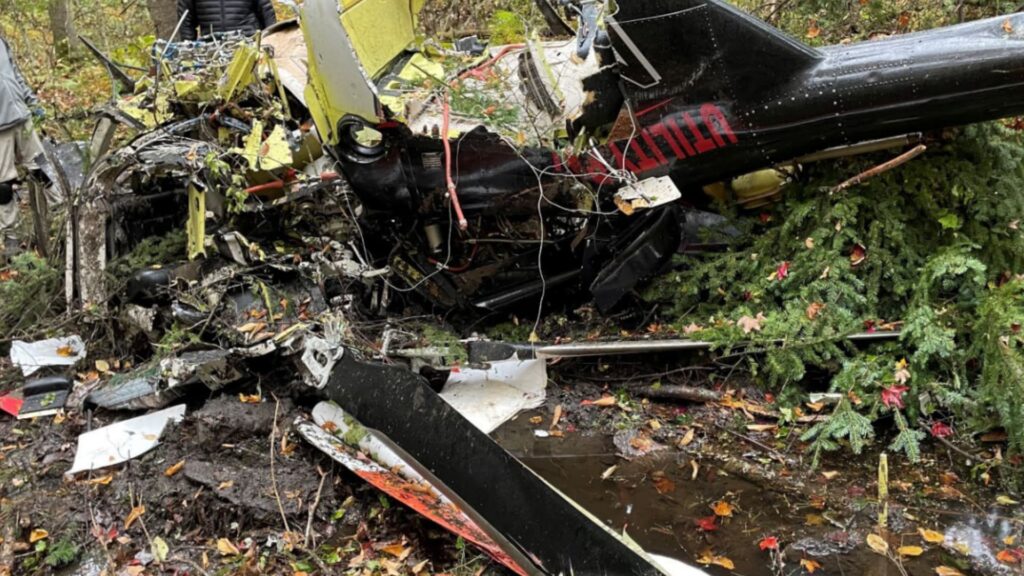
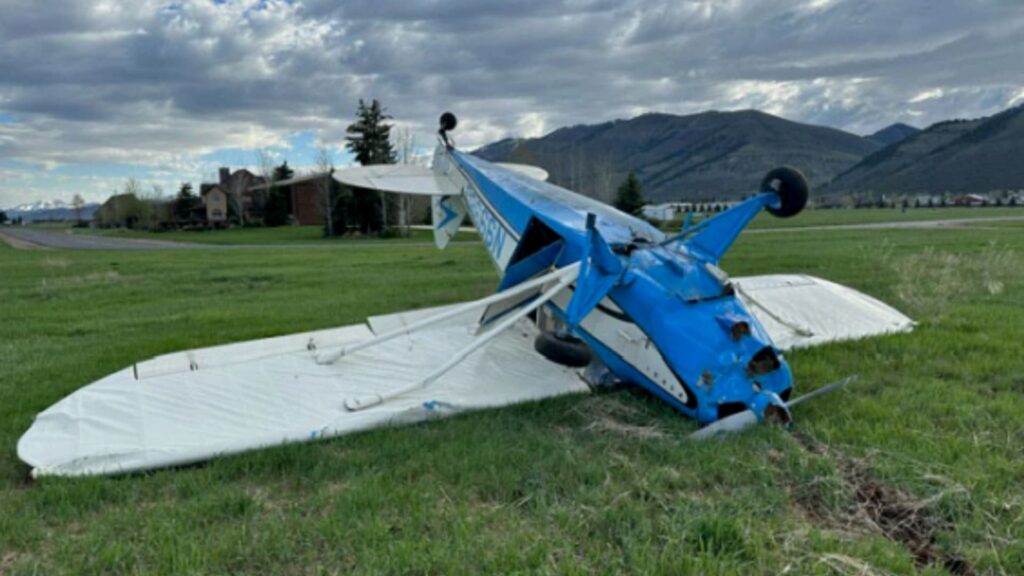
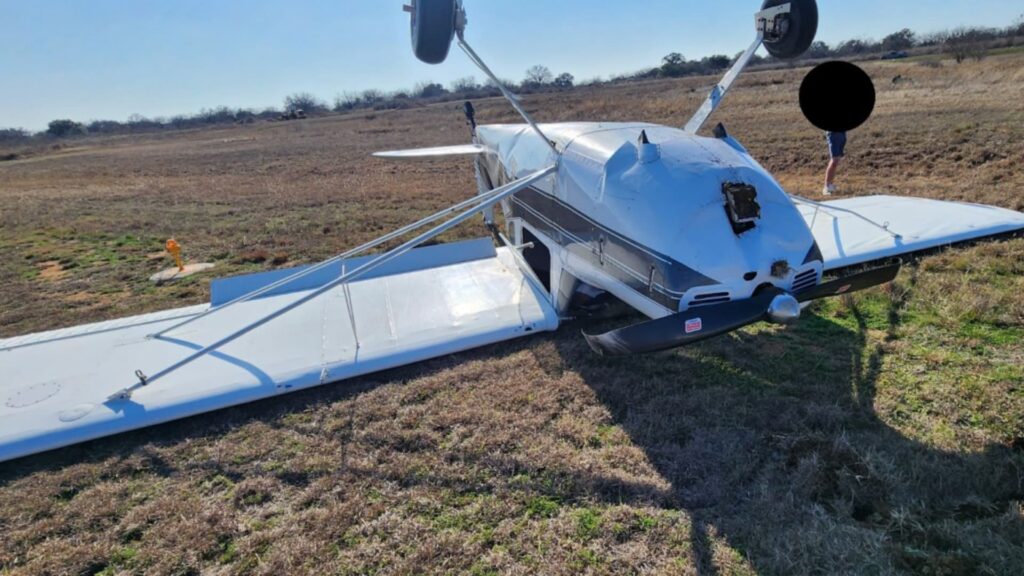
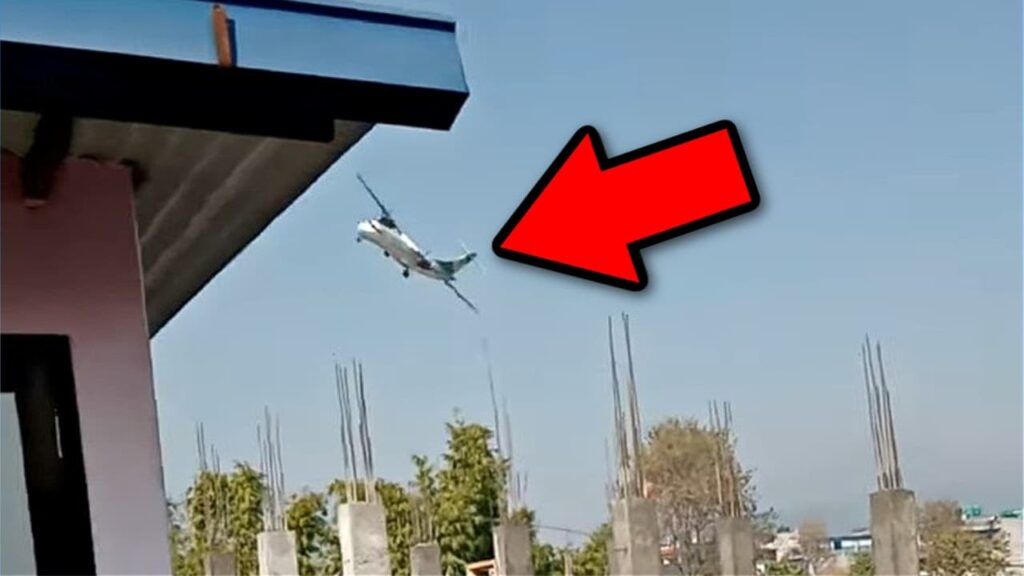
6 Comments
Two aircraft I dont give access to on my Strip are C150/152 and PA28-140. At 1700 feet long and with no obstacles either end these aircraft consistently seem to under perform to the field length. C172’s are restricted to 2 POB and less than half fuel load. These type of aircraft opt for short field take off unnecessarily leading to high AoA, Drag and very little hieght gain. One of the best performers is a PA32-300 but flown by a great Pilot on the type. Power is the key!
Gerry- That sounds like a good practical restriction for a strip of that length. I imagine that most of us spent a lot of time pushing around a 150/152 primary trainer during initial licensing. Even with 2 average size adult males, the performance of a C150 is rather anemic, and I would never consider begging for trouble with a tail wind. I remember after soloing, the little airplane jumped off the runway, happy to be burdened with just a 200 lb male pilot aboard. Any x-wind with more than about 12-15 degrees off the nose, at any speed was approaching a no-go, with 2 adult passengers onboard. Don’t get me wrong, they are great little planes and invaluable as primary trainers. I did some time in the Cherokee and found they were pretty floaty without a good flare to get the drag coming in.
Comprehensive and great review of a situation that I’m sure is somewhat common for older owners. Usually it works out but that’s when complacency sets in ! It takes just one situation and happily, and remarkably, he walked away from it !!
I Doubt age had much to do with it. The piolt was only 73 years old. Complacency was a major contributer. BTW Young pilots sometimes suffer from, impatience, over confidence and complacency also.
Landed on those trees, like a ruptured duck!
Flap retraction in a Cessna 150 is electric and not immediate as in a small Piper 140. Combined with a tail wind landing, waiting to abort until after touch down and attempting to climb at too steep an angle with an under powered aircraft assured the unfortunate result.Thank God the pilot was not killed.